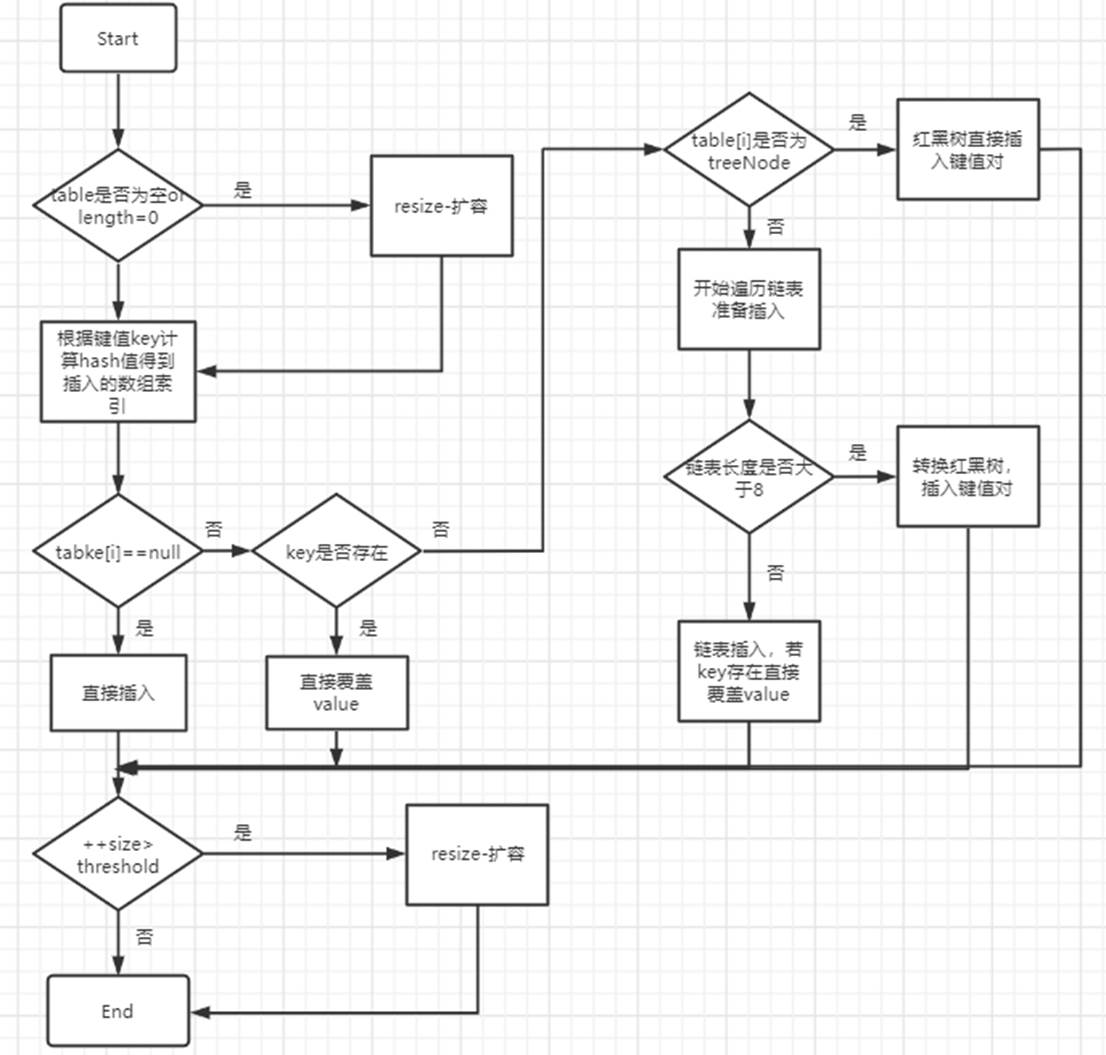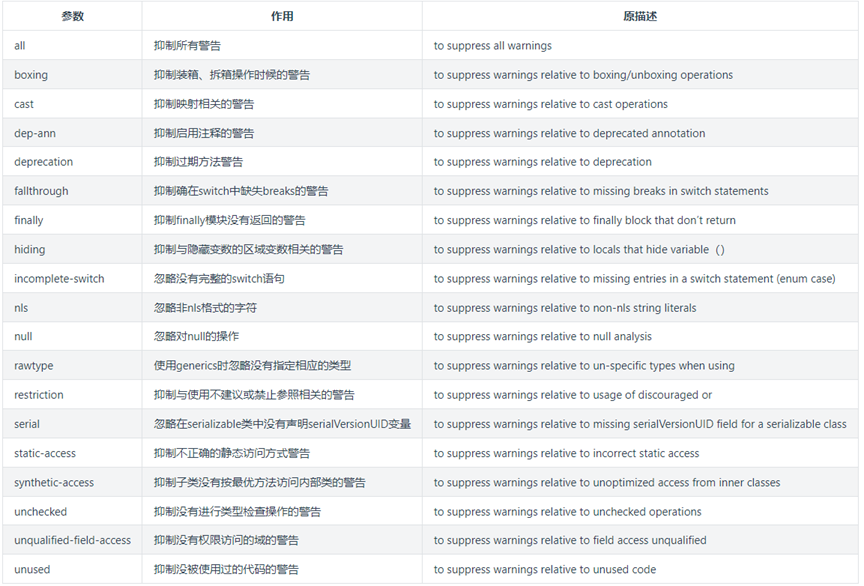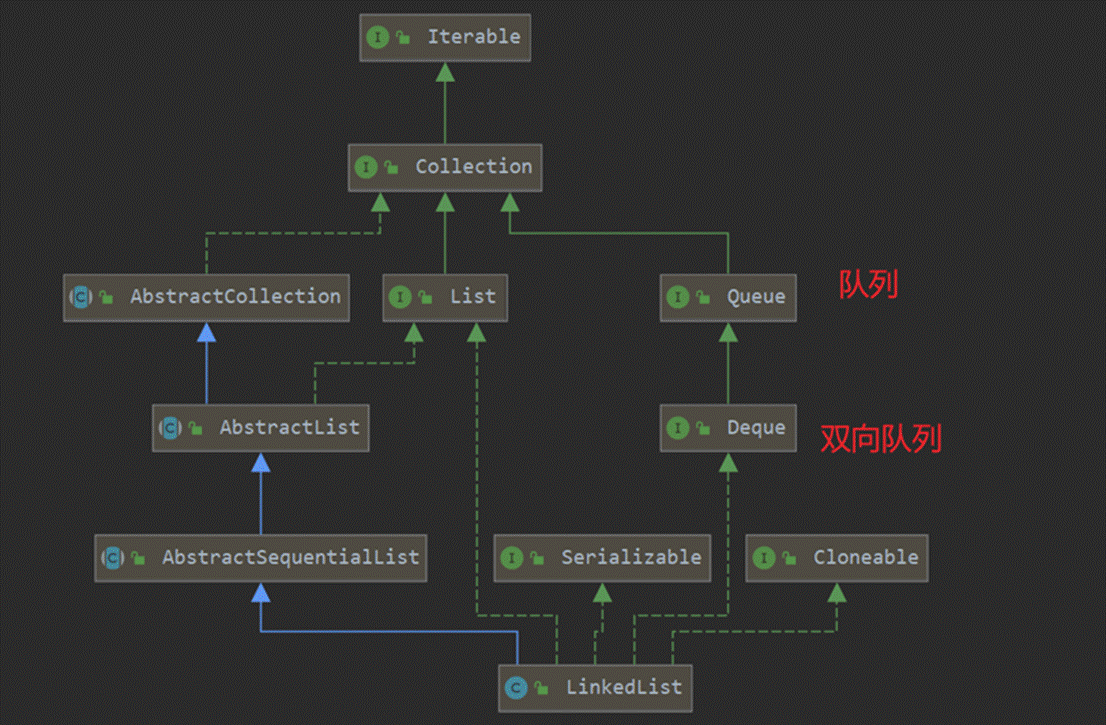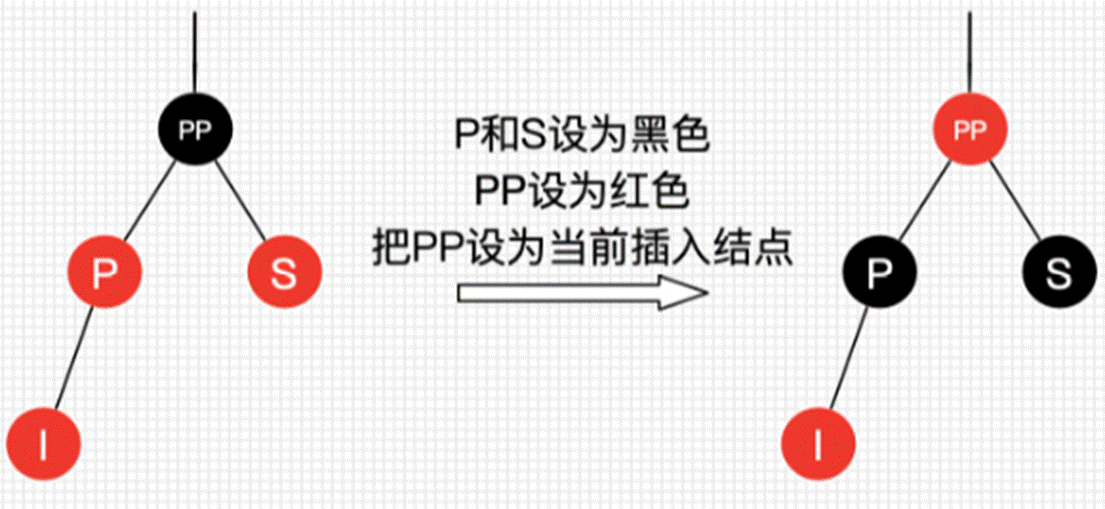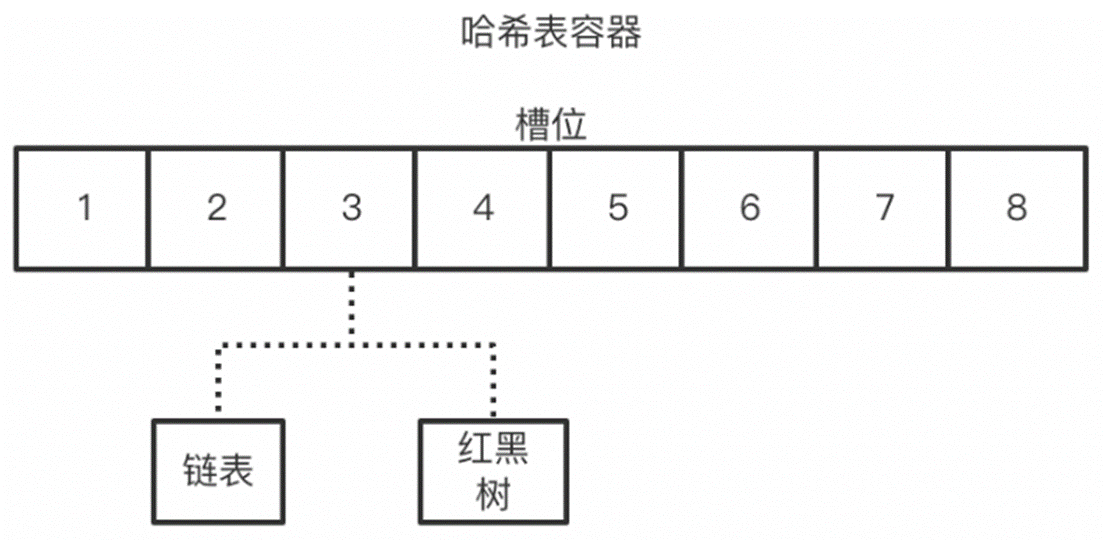这篇文章主要介绍了Spring Bean初始化及销毁多种实现方式,文中通过示例代码介绍的非常详细,对大家的学习或者工作具有一定的参考学习价值,需要的朋友可以参考下
这篇文章主要介绍了Spring Bean初始化及销毁多种实现方式,文中通过示例代码介绍的非常详细,对大家的学习或者工作具有一定的参考学习价值,需要的朋友可以参考下
一、前言
日常开发过程有时需要在应用启动之后加载某些资源,或者在应用关闭之前释放资源。Spring 框架提供相关功能,围绕 Spring Bean 生命周期,可以在 Bean 创建过程初始化资源,以及销毁 Bean 过程释放资源。Spring 提供多种不同的方式初始化/销毁 Bean,如果同时使用这几种方式,Spring 如何处理这几者之间的顺序?
二、姿势剖析
首先我们先来回顾一下 Spring 初始化/销毁 Bean 几种方式,分别为:init-method/destroy-methodInitializingBean/disposableBean@postconstruct/@PreDestroyContextStartedEvent/ContextClosedEventPS: 其实还有一种方式,就是继承 Spring Lifecycle 接口。不过这种方式比较繁琐,这里就不再分析。2.1、init-method/destroy-method这种方式在配置文件文件指定初始化/销毁方法。XML 配置如下或者也可以使用注解方式配置:@Configurable public class AppConfig { @Bean(initMethod = "init", destroyMethod = "destroy") public HelloService hello() { return new HelloService(); } }还记得刚开始接触学习 Spring 框架,使用就是这种方式。2.2、InitializingBean/disposableBean这种方式需要继承 Spring 接口 InitializingBean/disposableBean,其中 InitializingBean 用于初始化动作,而 disposableBean 用于销毁之前清理动作。使用方式如下:@Service public class HelloService implements InitializingBean, disposableBean { @Override public void destroy() throws Exception { System.out.println("hello destroy..."); } @Override public void afterPropertiesSet() throws Exception { System.out.println("hello init...."); } }2.3、@postconstruct/@PreDestroy这种方式相对于上面两种方式来说,使用方式最简单,只需要在相应的方法上使用注解即可。使用方式如下:@Service public class HelloService { @postconstruct public void init() { System.out.println("hello @postconstruct"); } @PreDestroy public void PreDestroy() { System.out.println("hello @PreDestroy"); } }这里踩过一个坑,如果使用 JDK9 之后版本 ,@postconstruct/@PreDestroy 需要使用 maven 单独引入 javax.annotation-api,否者注解不会生效。2.4、ContextStartedEvent/ContextClosedEvent这种方式使用 Spring 事件机制,日常业务开发比较少见,常用与框架集成中。Spring 启动之后将会发送 ContextStartedEvent 事件,而关闭之前将会发送 ContextClosedEvent 事件。我们需要继承 Spring ApplicationListener 才能监听以上两种事件。@Service public class HelloListener implements ApplicationListener { @Override public void onApplicationEvent(ApplicationEvent event) { if(event instanceof ContextClosedEvent){ System.out.println("hello ContextClosedEvent"); }else if(event instanceof ContextStartedEvent){ System.out.println("hello ContextStartedEvent"); } } }也可以使用 @EventListener注解,使用方式如下:public class HelloListenerV2 { @EventListener(value = {ContextClosedEvent.class, ContextStartedEvent.class}) public void receiveEvents(ApplicationEvent event) { if (event instanceof ContextClosedEvent) { System.out.println("hello ContextClosedEvent"); } else if (event instanceof ContextStartedEvent) { System.out.println("hello ContextStartedEvent"); } } }PS:只有调用 ApplicationContext#start 才会发送 ContextStartedEvent。若不想这么麻烦,可以监听 ContextRefreshedEvent 事件代替。一旦 Spring 容器初始化完成,就会发送 ContextRefreshedEvent。三、综合使用回顾完上面几种方式,这里我们综合使用上面的四种方式,来看下 Spring 内部的处理顺序。在看结果之前,各位读者大人可以猜测下这几种方式的执行顺序。public class HelloService implements InitializingBean, disposableBean { @postconstruct public void init() { System.out.println("hello @postconstruct"); } @PreDestroy public void PreDestroy() { System.out.println("hello @PreDestroy"); } @Override public void destroy() throws Exception { System.out.println("bye disposableBean..."); } @Override public void afterPropertiesSet() throws Exception { System.out.println("hello InitializingBean...."); } public void xmlinit(){ System.out.println("hello xml-init..."); } public void xmlDestory(){ System.out.println("bye xmlDestory..."); } @EventListener(value = {ContextClosedEvent.class, ContextStartedEvent.class}) public void receiveEvents(ApplicationEvent event) { if (event instanceof ContextClosedEvent) { System.out.println("bye ContextClosedEvent"); } else if (event instanceof ContextStartedEvent) { System.out.println("hello ContextStartedEvent"); } } }xml 配置方式如下:应用启动方法如下:ClasspathXmlApplicationContext context = new ClasspathXmlApplicationContext("spring/dubbo-provider.xml"); context.start(); context.close();程序输出结果如下所示:

使用 ClasspathXmlApplicationContext 启动 Spring 容器,将会调用 refresh 方法初始化容器。初始化过程将会创建 Bean 。最后当一切准备完毕,将会发送 ContextRefreshedEvent。当容器初始化完毕,调用 context.start() 就发送 ContextStartedEvent 事件。
refresh 方法源码如下:
public void refresh() throws BeansException, IllegalStateException { synchronized (this.startupShutdownMonitor) { //... 忽略无关代码 // 初始化所有非延迟初始化的 Bean finishbeanfactoryInitialization(beanfactory); // 发送 ContextRefreshedEvent finishRefresh(); //... 忽略无关代码 } }
一路跟踪 finishbeanfactoryInitialization 源码,直到 AbstractAutowireCapablebeanfactory#initializeBean,源码如下:
protected Object initializeBean(final String beanName, final Object bean, RootBeanDeFinition mbd) { Object wrappedBean = bean; if (mbd == null || !mbd.isSynthetic()) { // 调用 BeanPostProcessor#postProcessBeforeInitialization 方法 wrappedBean = applyBeanPostProcessorsBeforeInitialization(wrappedBean, beanName); } try { // 初始化 Bean invokeInitMethods(beanName, wrappedBean, mbd); } catch (Throwable ex) { throw new BeanCreationException( (mbd != null ? mbd.getResourceDescription() : null), beanName, "Invocation of init method Failed", ex); } }
BeanPostProcessor 将会起着拦截器的作用,一旦 Bean 符合条件,将会执行一些处理。这里带有 @postconstruct 注解的 Bean 都将会被 CommonAnnotationBeanPostProcessor 类拦截,内部将会触发 @postconstruct 标注的方法。
接着执行 invokeInitMethods ,方法如下:
protected void invokeInitMethods(String beanName, final Object bean, RootBeanDeFinition mbd) throws Throwable { boolean isInitializingBean = (bean instanceof InitializingBean); if (isInitializingBean && (mbd == null || !mbd.isExternallyManagedInitMethod("afterPropertiesSet"))) { // 省略无关代码 // 如果是 Bean 继承 InitializingBean,将会执行 afterPropertiesSet 方法 ((InitializingBean) bean).afterPropertiesSet(); } if (mbd != null) { String initMethodName = mbd.getinitMethodName(); if (initMethodName != null && !(isInitializingBean && "afterPropertiesSet".equals(initMethodName)) && !mbd.isExternallyManagedInitMethod(initMethodName)) { // 执行 XML 定义 init-method invokeCustomInitMethod(beanName, bean, mbd); } } }
如果 Bean 继承 InitializingBean 接口,将会执行 afterPropertiesSet 方法,另外如果在 XML 中指定了 init-method ,也将会触发。
上面源码其实都是围绕着 Bean 创建的过程,当所有 Bean 创建完成之后,调用 context#start 将会发送 ContextStartedEvent 。这里源码比较简单,如下:
public void start() { getLifecycleProcessor().start(); publishEvent(new ContextStartedEvent(this)); }
4.2、销毁过程
调用 ClasspathXmlApplicationContext#close 方法将会关闭容器,具体逻辑将会在 doClose 方法执行。
doClose 这个方法首先发送 ContextClosedEvent,然再后开始销毁 Bean。
灵魂拷问:如果我们颠倒上面两者顺序,结果会一样吗?
doClose 源码如下:
protected void doClose() { if (this.active.get() && this.closed.compareAndSet(false, true)) { // 省略无关代码 try { // Publish shutdown event. publishEvent(new ContextClosedEvent(this)); } catch (Throwable ex) { logger.warn("Exception thrown from ApplicationListener handling ContextClosedEvent", ex); } // 销毁 Bean destroyBeans(); // 省略无关代码 } }
destroyBeans 最终将会执行 disposableBeanAdapter#destroy,@PreDestroy、disposableBean、destroy-method 三者定义的方法都将会在内部被执行。
首先执行 DestructionAwareBeanPostProcessor#postProcessBeforeDestruction,这里方法类似与上面 BeanPostProcessor。
@PreDestroy 注解将会被 CommonAnnotationBeanPostProcessor 拦截,这里类同时也继承了 DestructionAwareBeanPostProcessor。
最后如果 Bean 为 disposableBean 的子类,将会执行 destroy 方法,如果在 xml 定义了 destroy-method 方法,该方法也会被执行。
public void destroy() { if (!CollectionUtils.isEmpty(this.beanPostProcessors)) { for (DestructionAwareBeanPostProcessor processor : this.beanPostProcessors) { processor.postProcessBeforeDestruction(this.bean, this.beanName); } } if (this.invokedisposableBean) { // 省略无关代码 // 如果 Bean 继承 disposableBean,执行 destroy 方法 ((disposableBean) bean).destroy(); } if (this.destroyMethod != null) { // 执行 xml 指定的 destroy-method 方法 invokeCustomDestroyMethod(this.destroyMethod); } else if (this.destroyMethodName != null) { Method methodToCall = determineDestroyMethod(); if (methodToCall != null) { invokeCustomDestroyMethod(methodToCall); } } }
五、总结
init-method/destroy-method 这种方式需要使用 XML 配置文件或单独注解配置类,相对来说比较繁琐。而InitializingBean/disposableBean 这种方式需要单独继承 Spring 的接口实现相关方法。@postconstruct/@PreDestroy 这种注解方式使用方式简单,代码清晰,比较推荐使用这种方式。
另外 ContextStartedEvent/ContextClosedEvent 这种方式比较适合在一些集成框架使用,比如 dubbo 2.6.X 优雅停机就是用改机制。

